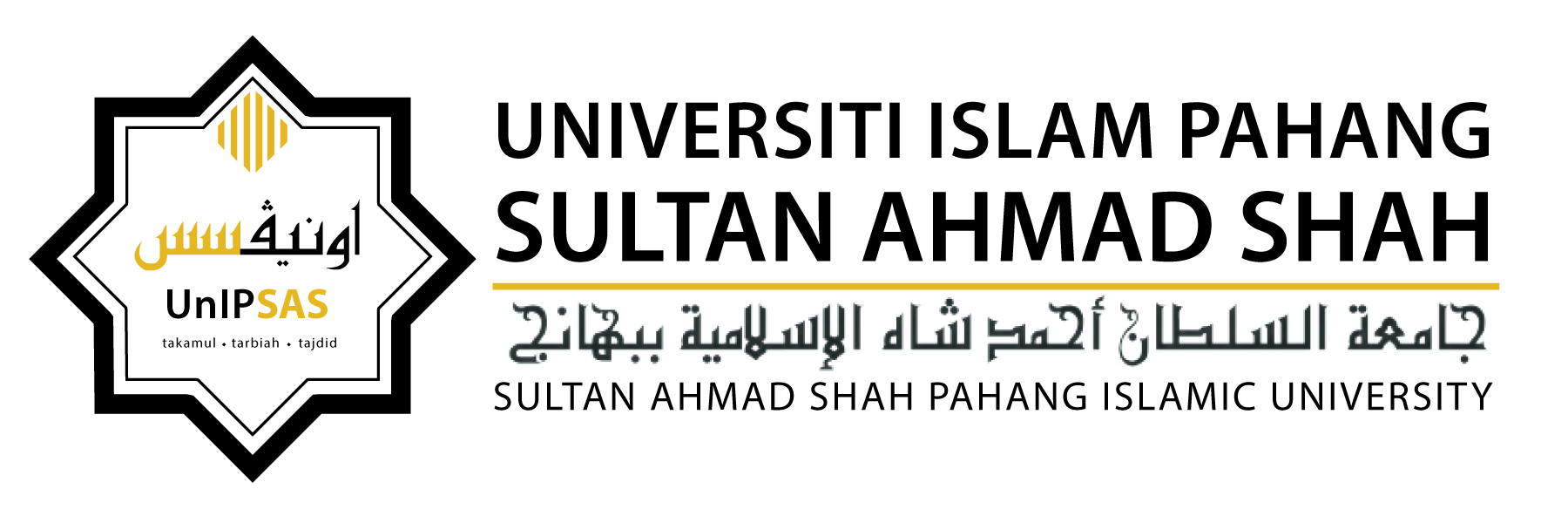Editorial Policy
Articles published in peer-reviewed journals are essential to the creation of a structured and reputable body of knowledge. Peer review is crucial to upholding the highest standards for scholarly publications. Manuscripts submitted for publication in the Jurnal Al-Sirat undergo double-blind peer assessment. In this kind of review, the author is not informed of the reviewers' identities.
The editor will first determine if each contribution is appropriate for the journal. When an article is judged appropriate, it is usually given to at least two separate expert reviewers who will evaluate its scientific quality. The final decision about whether to approve or reject an article rests with the editor. The Editor has the last say. Editors do not have a say in decisions pertaining to papers they have authored, those published by family members or colleagues, or those that deal with goods or services that the editor is interested in. All of the journal's standard processes apply to such submissions, and peer review is conducted separately from the editors of the pertinent sections.
Independent reviewers are invited to assess the manuscript's quality and offer a suggestion regarding whether it should be rejected, accepted, or revised. A submitted document is subjected to peer review, which takes into account both the reviewers' experience and the scope of the work. The Editor-in-Chief (EiC), Section Editors, and outside reviewers receive manuscripts for assessment in order to verify:
Originality
Submitted manuscript should be original and have the quality to contribute to the respective field of research.
Significance
Results should be interpreted appropriately and significantly. Conclusions must be justified and supported by the results.
Layout and Format
The formatting of the manuscript should be according to the Author Guidelines.
Interest to the Readers
The manuscript should fall within the scope of the journal.
Overall Merit
Overall benefit of publishing the paper. Editors/Editorial board members may recommend the acceptance or rejection of a manuscript by conducting the peer-review themselves based on their own knowledge and experience. The Editor-in-Chief(s) may request assistance and advice from other subject matter experts. The peer review is completed once at least two independent reviewers send a detailed report with their comments on the manuscript and their recommendations. The types of decisions are categorized below:
- Accept as it is
The manuscript is accepted in its original form. This kind of decision outcome is quite uncommon.
- Accept with minor revisions:
The paper is accepted for publication after minor modifications or adjustments.
- Accept after major revisions:
The manuscript is accepted after major amendments. Authors are requested to make major revisions and resolve technique errors, acquire more data, perform a more comprehensive analysis, or even modify the research question to ensure that the manuscript contributes something unique to the body of work.
- Revise and resubmit:
The journal is willing to reconsider the manuscript in a subsequent round of decision-making provided that the authors make significant revisions to their manuscript.
- Reject the manuscript:
The manuscript is rejected with no opportunity of resubmission to the journal due to major errors. The comments of the reviewers are checked by the Editor-in-Chief. The review reports are modified by the Editor-in-Chief if the comments contain sensitive information or are written in a manner that is unsuitable for scholarly communication. This kind of comment should be included in the review form's confidential section, which is only accessible to editors.
Flow Chart of Reviewing Process







